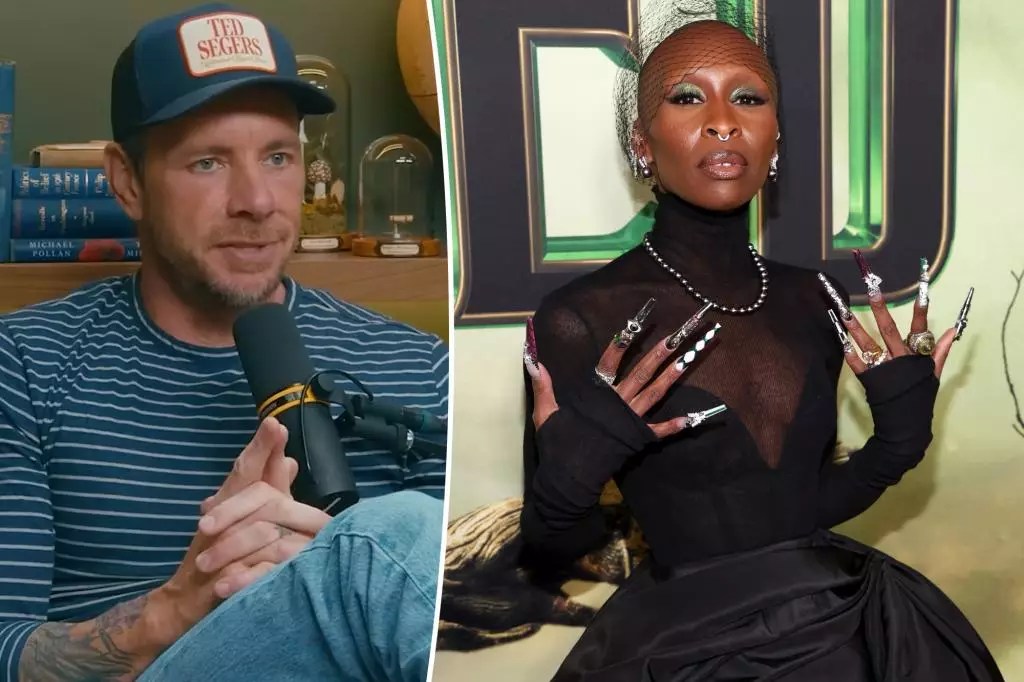In a world where celebrities often encounter bizarre questions, Broadway sensation Cynthia Erivo demonstrated remarkable composure when confronted with a particularly inappropriate query from Dax Shepard on his podcast, “Armchair Expert.” Shepard’s inquiry revolved around how Erivo, who boasts impressively long nails, manages personal hygiene—an unsettling topic for many, especially when discussed in the public eye. Instead of floundering or appearing offended, Erivo skillfully redirected the conversation, showcasing her strength and poise as she addressed the implications of the question.
Her response underscored the often unspoken realities of human experience: hygiene is a basic necessity that transcends fashion choices. By reaffirming that proper hygiene practices don’t hinge on nail length, Erivo sent a clear message about professionalism and practicality, all while maintaining a sense of humor regarding the absurdity of the question.
Beyond the immediate exchange, this incident resonates with broader themes surrounding body aesthetics and societal norms. As a prominent figure in the entertainment industry, Erivo embraces her individuality, using her nail art as a dynamic form of self-expression. Her flamboyant nails have not only garnered attention during the “Wicked” press tour but have also highlighted the rich cultural narrative that accompanies beauty standards in modern society.
Manicurist Mycah Dior’s meticulous designs, inspired by the characters from the film, further emphasize this narrative. The contrast of colors reflecting the personalities of Elphaba and Glinda encapsulates a deeper celebration of diversity and identity. Erivo’s choices demonstrate that personal expression should not be constricted by conventional ideals—a vital reminder in an age where conformity often feels tempting.
Erivo’s candid commentary about the absurdity of the question serves as an insightful reflection on the expectations placed on women, especially those in the public eye. Many celebrities face scrutiny for their choices, and Erivo’s assertion that she is a “functioning adult” who maintains hygiene illustrates a more profound societal critique. It begs the inquiry—why do we equate lengthened nails with the inability to perform basic tasks? This line of questioning becomes the backdrop to analyze how women navigate their identities amidst the pressures of public perception.
In a follow-up to her defensive remarks, Erivo’s commentary on personal care habits offers an antidote to the preconceived notions held by many regarding glamor and functionality. It encourages society to look beyond surface impressions and acknowledge the practical wisdom in balancing style with everyday life.
Ultimately, the exchange between Shepard and Erivo serves as a catalyst for conversations surrounding respect, personal choices, and the narratives we construct about ourselves. It’s a reminder that while humor and curiosity can coexist in dialogue, we must also tread lightly on personal subjects. Erivo’s vibrant persona, reflected through her long nails and elaborate designs, advocates for the notion that self-expression begets confidence, encouraging open dialogues while simultaneously challenging stereotypes. In an evolving cultural landscape, perhaps we can all learn a lesson about the importance of thoughtful inquiries and celebrating individuality.







Leave a Reply